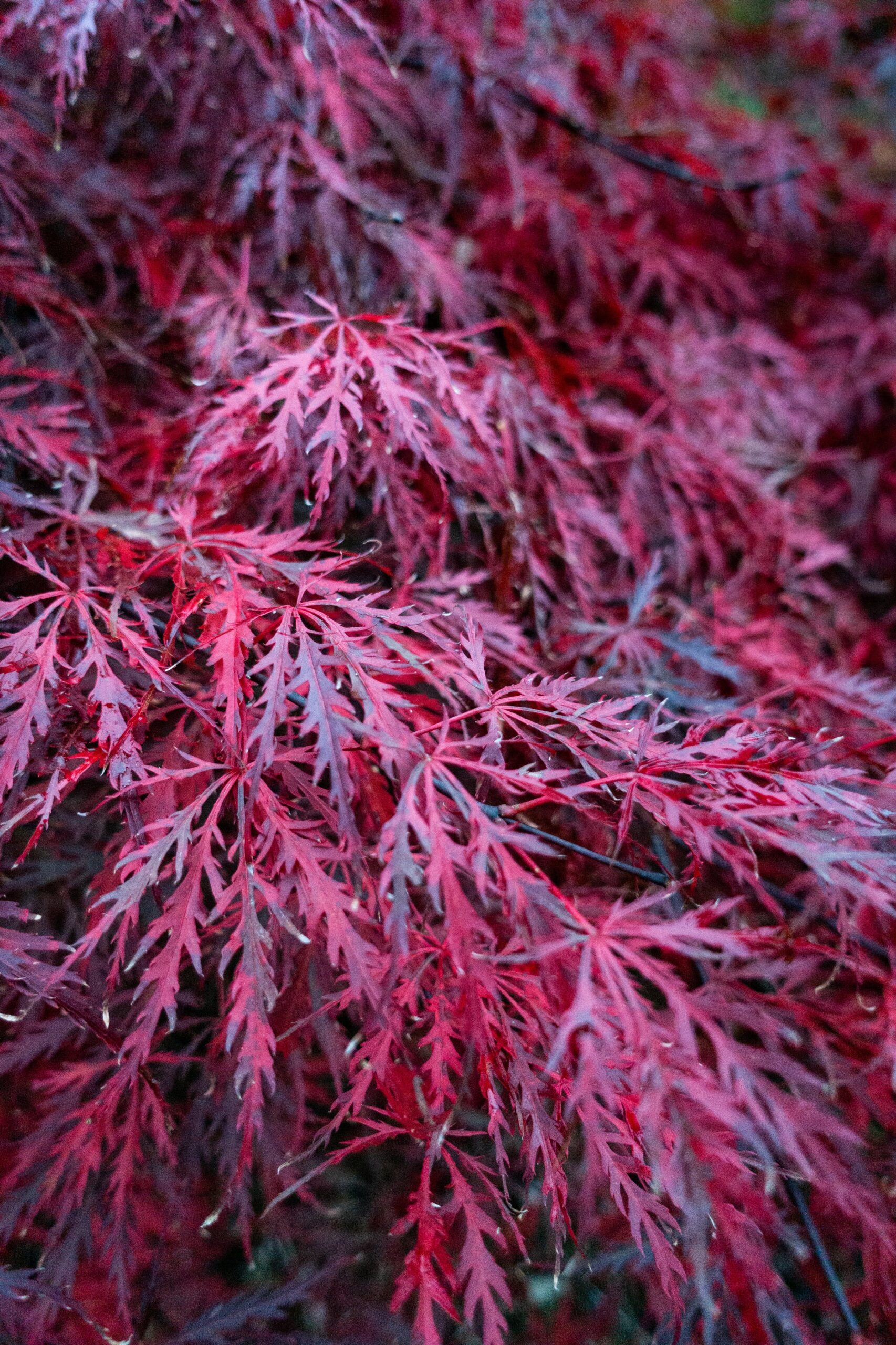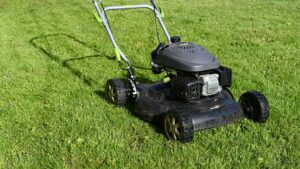Pruning Tips for Fall Shrubs
When it comes to fall shrub pruning, there are many things to consider. We don’t do any hard pruning until late winter because we don’t want your shrubs to have a growth spurt before they go dormant in the fall.
Instead, we take special care at Jamison Lawn Care to only trim those shrubs that need cleaning up.
What Bushes Need to be Trimmed in the Fall?
Ideally, we shouldn’t trim any of your bushes in the fall. However, it’s time to remove dead and diseased limbs and other branches that affect the look and growth of your Jamison PA shrubs.
In most cases, it’s best to wait until late winter and early spring to prune trees and shrubs. However, we need to clean your shrubs before winter arrives if you have overgrown shrubs or suckers coming up from the root zone.
Here are the bushes we’ll prune for you in late fall:
Pruning rose bushes in the fall: We’ll prune your shrub roses after the first freeze, only trimming overgrown canes 2” to 4” to protect them from heavy winter snow.
Pruning dogwood shrubs in the fall: We’ll prune your dogwood trees in late fall after the first freeze to avoid sap flowing freely from the plant.
Learn more: Harsh Weather Planting
Pruning rose of Sharon in the fall: Since this shrub blooms in late summer through fall, we’ll trim your rose of Sharon before winter starts to keep their shape.
Pruning hydrangeas in the fall: Typically, hydrangeas don’t need to be pruned at all. However, if your hydrangeas are overgrown or not thriving as they once did, we’ll prune them for you.
Other reasons to prune in late fall: While we won’t trim all of your trees and shrubs in late fall, we’ll prune the following: any dead limbs, suckers, and stems rubbing against one another.
We’ll also prune any shrubs that are overgrown or will be unwieldy in winter snow.
Conclusion:
If you have overgrown shrubs or want your roses, dogwoods, and rose of Sharon shaped before winter, call us today at 267-621-4747 or fill out our contact form to set up your fall shrub pruning appointment.
We serve homeowners and commercial properties in Buckingham and Warwick Townships, including these Pennsylvania towns: Chalfont, Doylestown, Furlong, Hatboro, Horsham, Jamison, Southampton, Warminster, Warrington, and Warwick.
Sources:
Espoma.com, Your Guide to Fall Hydrangea Care.
GardenDesign.com, Pruning Roses: 8 Steps for Healthy Rose Bushes.
GardeningKnowHow.com, Trimming Dogwood Trees: Tips on How to Prune a Flowering Dogwood Tree.
HGTV.com, What to Prune in Late Fall.
Stutzmans.com, Rose of Sharon—Care & Pruning.
Plant of the Month: Japanese Maple Trees
If you want a beautiful tree where the leaves come with intense fall color, then you want to consider adding Japanese maples to your Bucks County landscape.
What Is Special About Japanese Maples?
Japanese maples have been gracing American landscapes since the late 19th century when George Hall, living in Yokohama, Japan, sent seeds and plants, including Japanese maples, back home.
Japanese maples provide drama and can be used as accents, focal points, or backdrops in the landscape. These maples have hundreds of varieties, sizes, and leaf shapes.
Read more: Fall Blooms & Sunflowers
Do Japanese Maples Like Sun or Shade?
Japanese maples need some sun throughout the day to keep their red-tinted leaves. If Japanese maples are planted in the shade, their leaves will remain green and won’t have their deep fall colors.
As mentioned above, Japanese maples have deep, bold leaf colors in the fall. These maples’ leaves can turn purple, red, yellow, orange, and green throughout the season.
How Long Does It Take for a Japanese Maple to Fully Grow?
Japanese maples aren’t fast growers. They grow about 1’ to 2’ per year. Younger specimens grow faster and slow down once they mature.
You can fully leverage their growth rate when you plant the Japanese maple at the perfect spot on your property where they’re getting enough light and protecting them from harsh winds and spring frosts.
Generally, Japanese maples don’t need any pruning, and they aren’t susceptible to insect or disease problems.
Japanese maples are found in three forms: vase, weeping, and dwarf. Japanese maples come in five leaf types:
Amoenum
Palmate
Matsumurae
Dissectum
Linearilobum.
If you want to add a Japanese maple to your Jamison or Doylestown landscape, call us at 267-621-4747 or fill out our contact form to set up your Japanese maple planting appointment.
We serve homeowners and commercial properties in Buckingham and Warwick Townships, including these Pennsylvania towns: Chalfont, Doylestown, Furlong, Hatboro, Horsham, Jamison, Southampton, Warminster, Warrington, and Warwick.
Sources:
GardenDesign.com, Growing and Caring for Japanese Maples.
Ibid, Japanese Maple Types.
WashingtonPost.com, Beyond Washington’s Cherry Trees, How Did So Many Japanese Plants Find Their Way into American Gardens?




